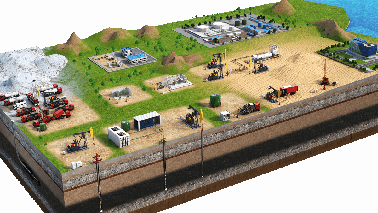ERUI:EFFICIENT SUPPLY CHAIN
ERUI:EFFICIENT SUPPLY CHAIN
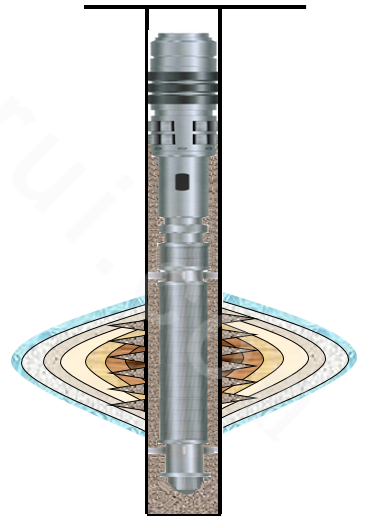


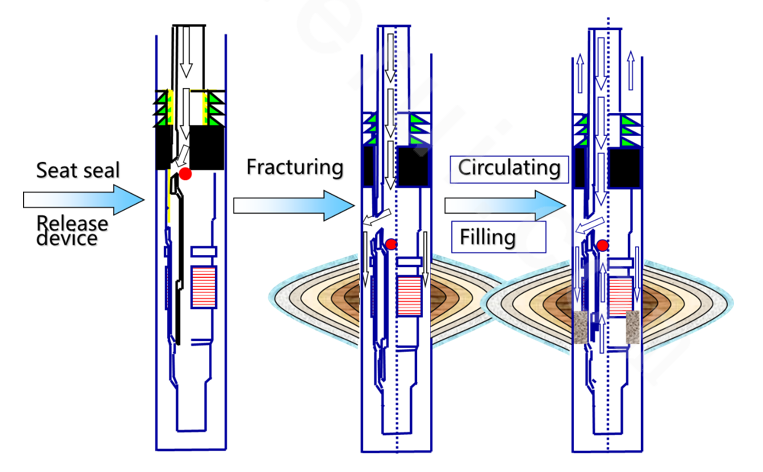
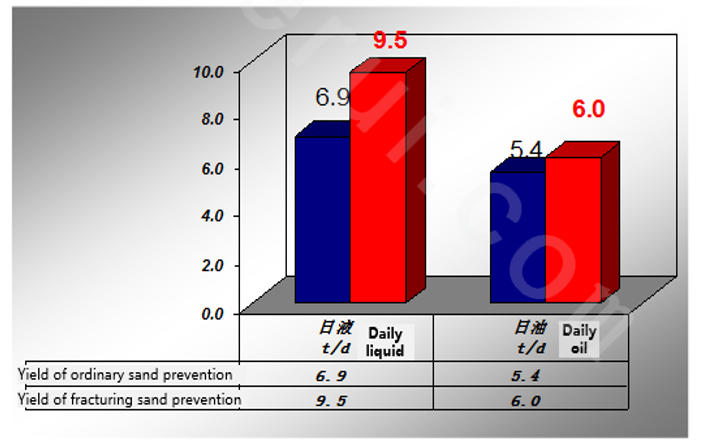
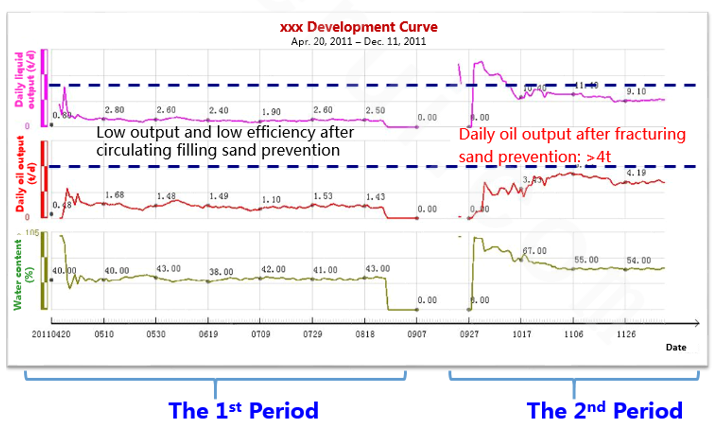
Separated Layer Water Injection Technology
Water Shut-off and Profile Control Technology
We demonstrate the working scene of oil and gas energy field, which help you quickly select the products you need.
